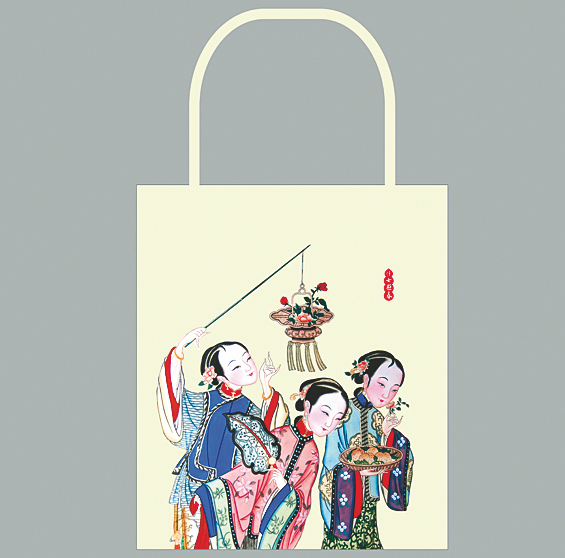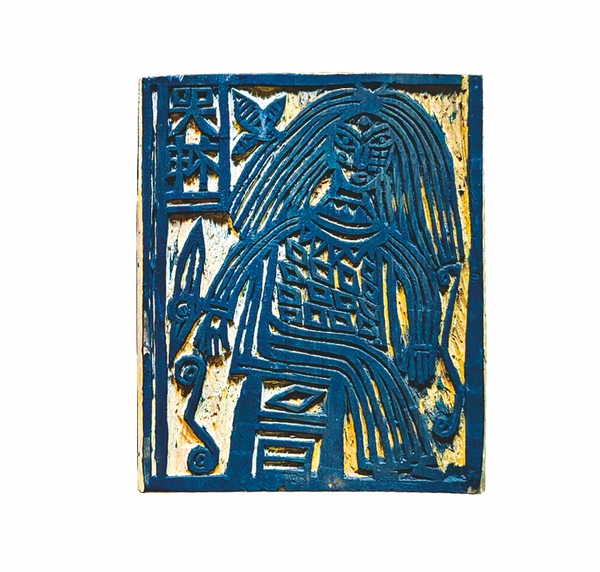

Diverse delights
With simple rough lines yet vivid images printed on straw paper, Jia Ma prints used to be burned by people who sought to send a message to deities soliciting their assistance.
"When people were sick, they tried to get a sort of spiritual support in this way," says Li Mingjiang, who is in charge of developing cultural creative products in Librairie Avant-Garde.
In 2020, the bookstore opened a branch in Shaxi town of Dali in Yunnan, where the residents are mainly of the Bai ethnic group.
For the Bai people, Jia Ma prints can be grouped into three categories. Those displaying totems such as dragons, those depicting the deities of their religious belief, and those portraying idols or household gods, such as the God of Fire or the God of Happiness. In Dali, there are more than 600 traditional Jia Ma patterns, and the prints are used by people to ask for good luck, safety, happy marriage, good career, harmonious family life and so on.
It is the practice of Librairie Avant-Garde to develop cultural creative products with local features, and after investigation, Li decided to create Jia Ma postcards and framed prints, which have proved popular.

Zhang Shuo, a 30-year-old from Yunnan living in Beijing, observes that as more young people go to live in Dali, they are rediscovering Jia Ma and create interesting products based on the traditional printing form.
In April, when preparing presents for guests for her wedding, Zhang accepted her friend Yang Xiao's idea to print a Jia Ma pattern on brown paper in which she packed coffee. Zhang had bought a few Jia Ma woodblocks in Yunnan and they chose the one titled "good people meet".
"It's actually not for a wedding since usually at wedding there is a Jia Ma print of the God of Happiness. Instead, it is a blessing for meetings, so that no bad things happen when people meet," she says.
"We used it because Jia Ma looks both simple and interesting. ... They have the patterns of the god in charge of mountains, woods and grass, and even a God of the Toilet. Some are very funny," Yang says.
For Guo Yadong, 45-year-old founder of Yinqintang Woodblock New Year Painting Art Gallery in Guangzhou, Guangdong province, before innovation, people should first thoroughly learn the traditional skills.

While showing traditional Chinese New Year paintings to the public, Guo and his team have also given woodblock printing lessons in schools and in universities since 2016. They have also been trying to develop cultural creative products based on this tradition.
However, Guo says: "First we need to study the tradition very hard to grasp its spiritual essence, so that in our own creation, we can present it in the works from which people can tell that they are Chinese, not Japanese or American.
"It takes a lot of time to really know about our tradition and master its spirit, but after so many years of work, we are confident that we will finally make it," he says.
yangyangs@chinadaily.com.cn